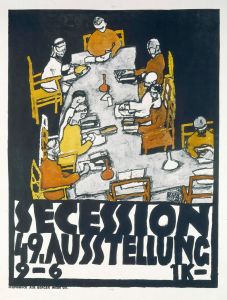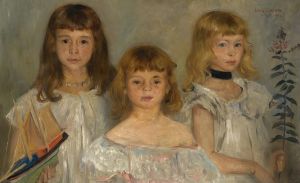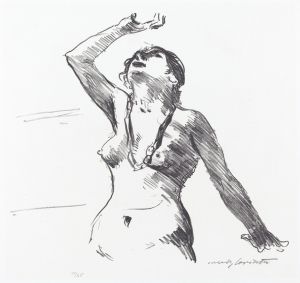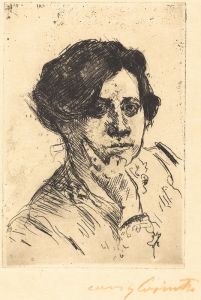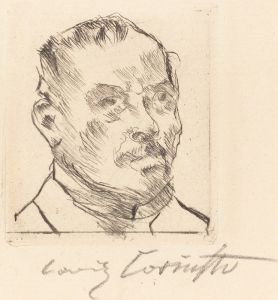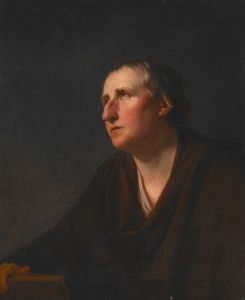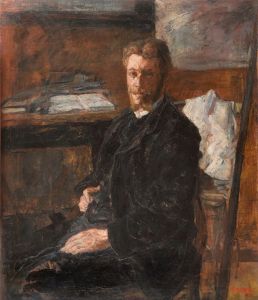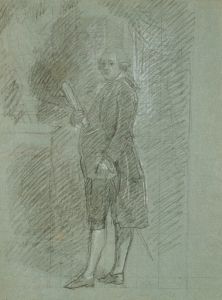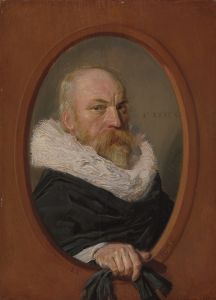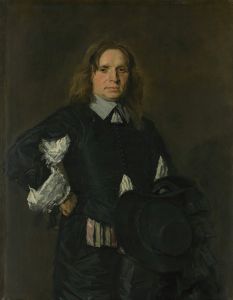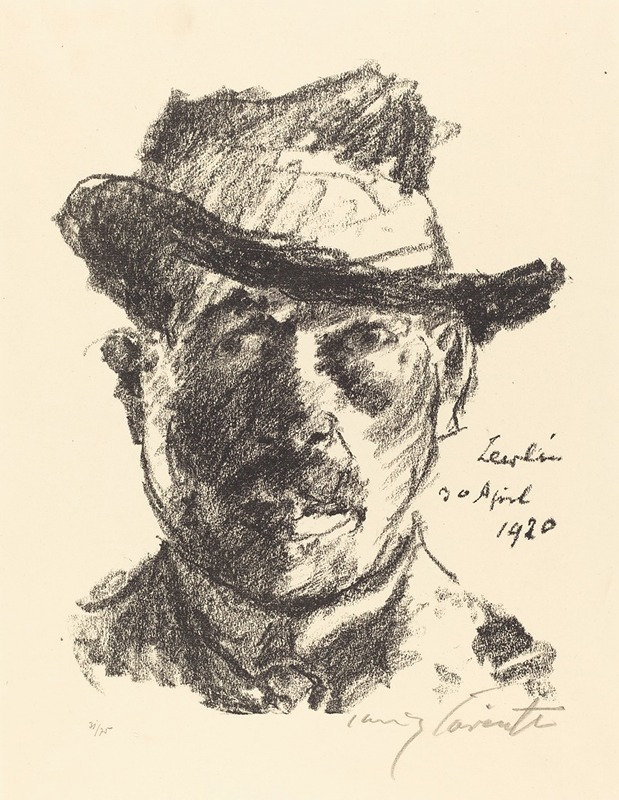
Self-Portrait II
A hand-painted replica of Lovis Corinth’s masterpiece Self-Portrait II, meticulously crafted by professional artists to capture the true essence of the original. Each piece is created with museum-quality canvas and rare mineral pigments, carefully painted by experienced artists with delicate brushstrokes and rich, layered colors to perfectly recreate the texture of the original artwork. Unlike machine-printed reproductions, this hand-painted version brings the painting to life, infused with the artist’s emotions and skill in every stroke. Whether for personal collection or home decoration, it instantly elevates the artistic atmosphere of any space.
Lovis Corinth, a prominent German painter and printmaker, is known for his significant contributions to the transition from Impressionism to Expressionism in the late 19th and early 20th centuries. One of his notable works is "Self-Portrait II," which exemplifies his mature style and personal exploration through art.
"Self-Portrait II" was created during a period when Corinth was deeply engaged in self-examination and reflection, a common theme in his oeuvre. Born on July 21, 1858, in Tapiau, East Prussia (now Gvardeysk, Russia), Corinth studied art in Königsberg, Munich, and Paris, where he was influenced by the prevailing artistic movements of the time. His early works were rooted in the academic tradition, but he gradually embraced Impressionism, and later, Expressionism, which is evident in his self-portraits.
The painting "Self-Portrait II" is characterized by its bold brushwork and vivid color palette, reflecting Corinth's dynamic approach to capturing his own likeness. Unlike traditional self-portraits that often aim for idealized representations, Corinth's self-portraits, including this one, are marked by an unflinching realism and emotional depth. He often depicted himself with a direct gaze, confronting the viewer with an intense and introspective expression.
Corinth's self-portraits are significant not only for their artistic quality but also for their insight into the artist's psyche. "Self-Portrait II" reveals his exploration of identity and the passage of time, themes that became more pronounced after he suffered a stroke in 1911. This life-altering event had a profound impact on his work, leading to a more expressive and sometimes turbulent style. The physical and emotional challenges he faced during his recovery are often reflected in the raw and honest portrayal of himself in his later works.
Throughout his career, Corinth was a prolific artist, producing a vast array of paintings, drawings, and prints. His self-portraits, in particular, stand out for their introspective nature and technical mastery. "Self-Portrait II" is a testament to his ability to convey complex emotions and his relentless pursuit of self-understanding through art.
Lovis Corinth passed away on July 17, 1925, in Zandvoort, Netherlands, leaving behind a rich legacy that continues to influence artists and captivate audiences. His work, including "Self-Portrait II," remains an important part of art historical studies, offering insights into the evolution of modern art and the personal journey of an artist navigating the changing landscape of the early 20th century.





